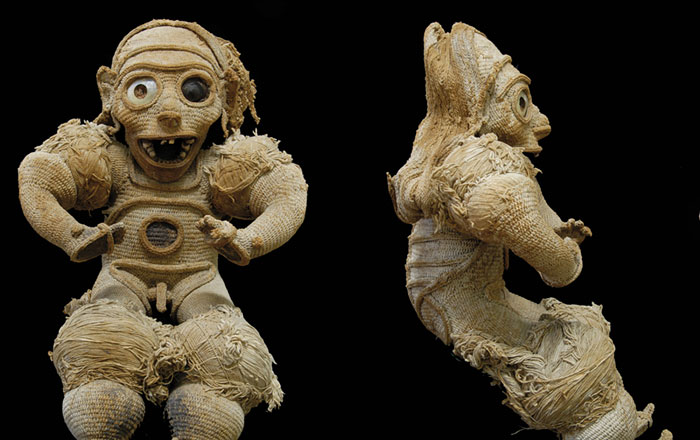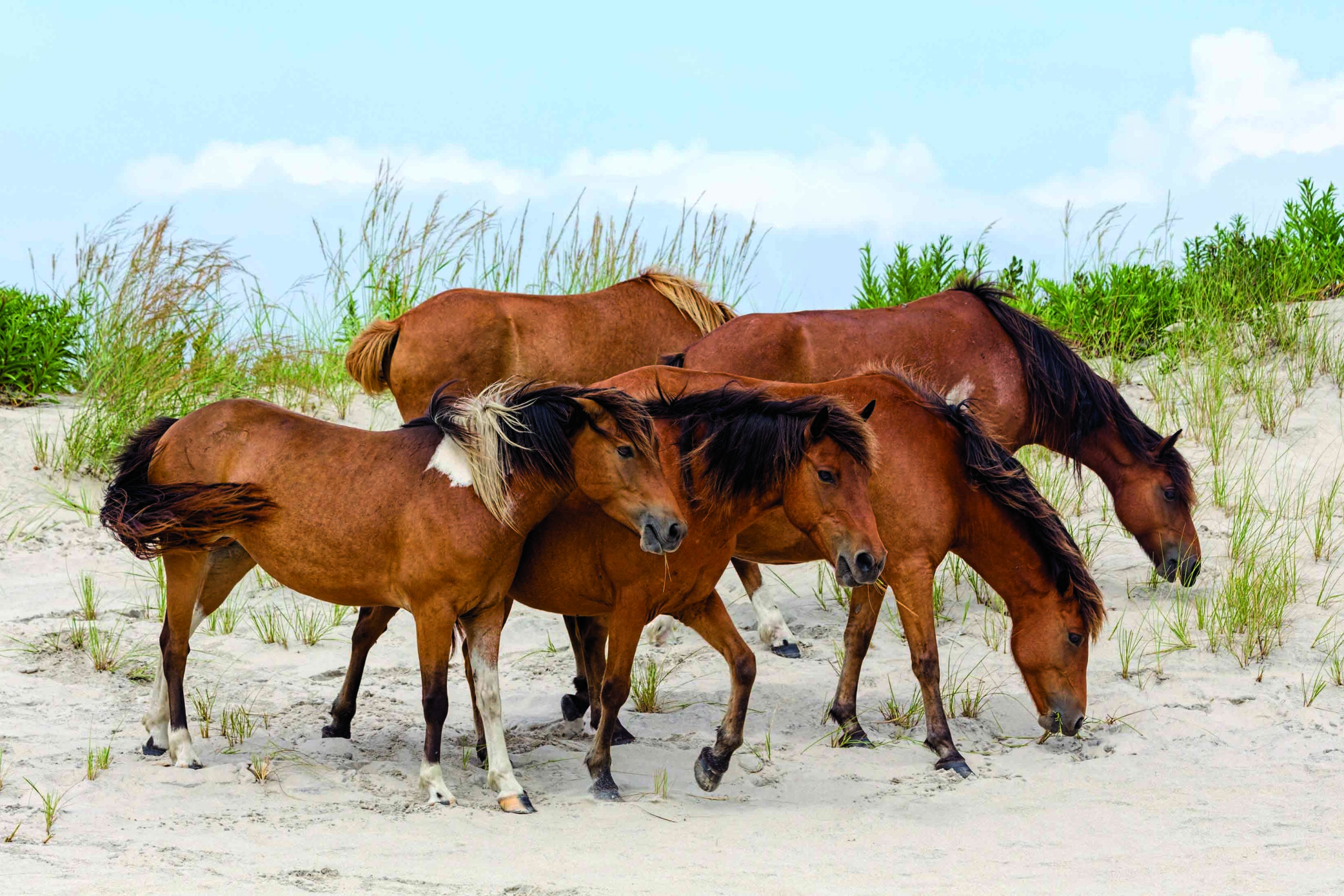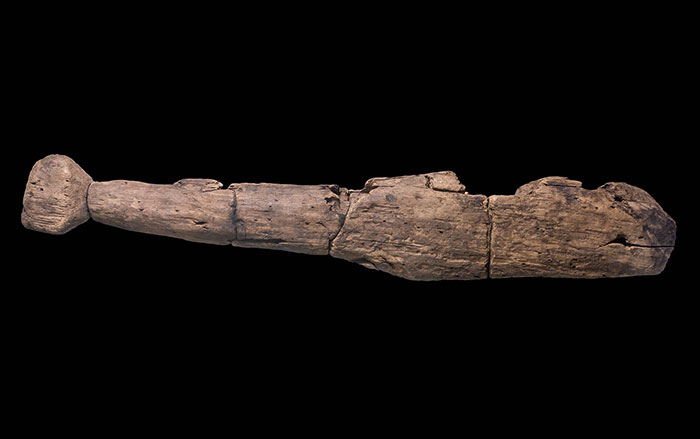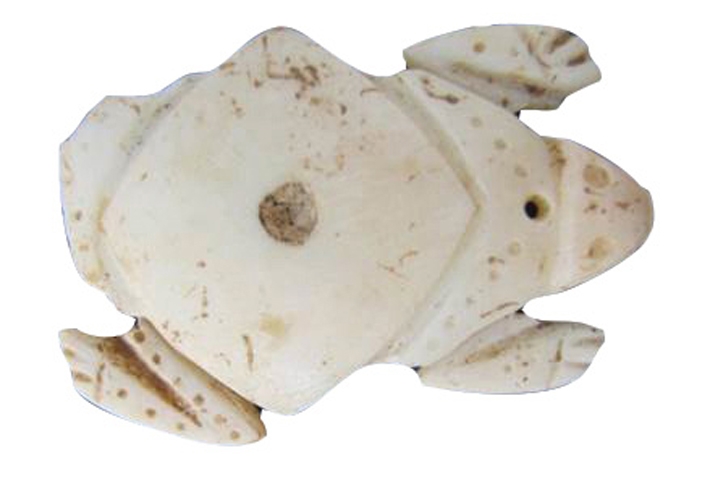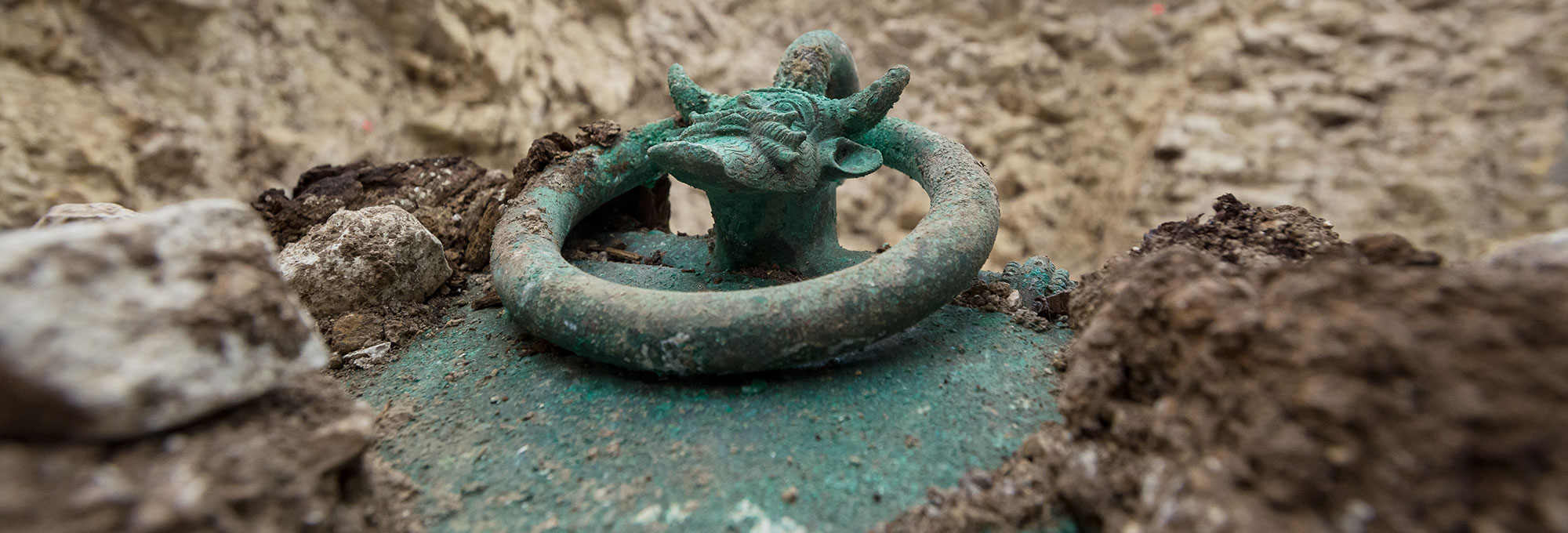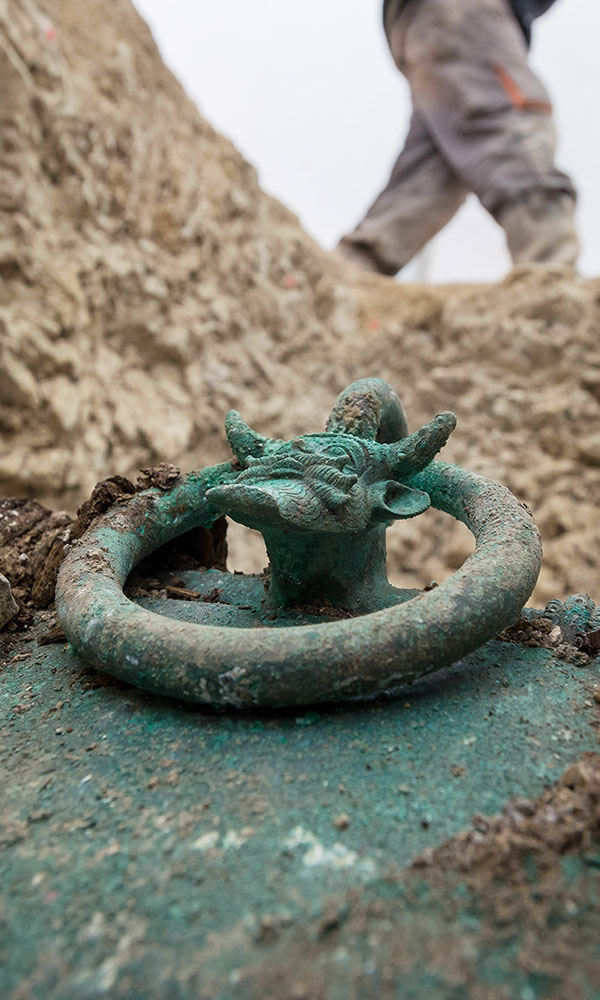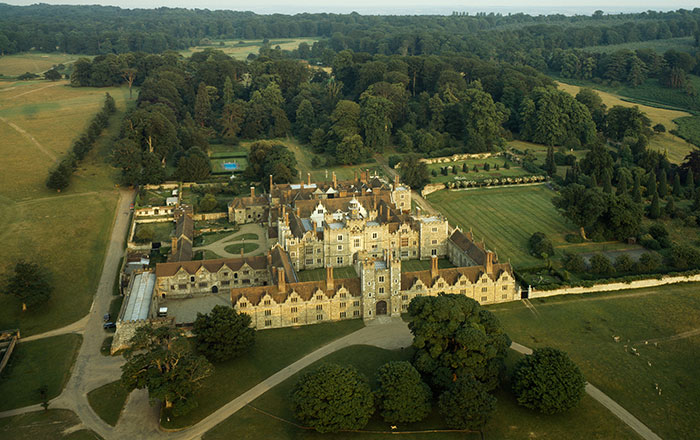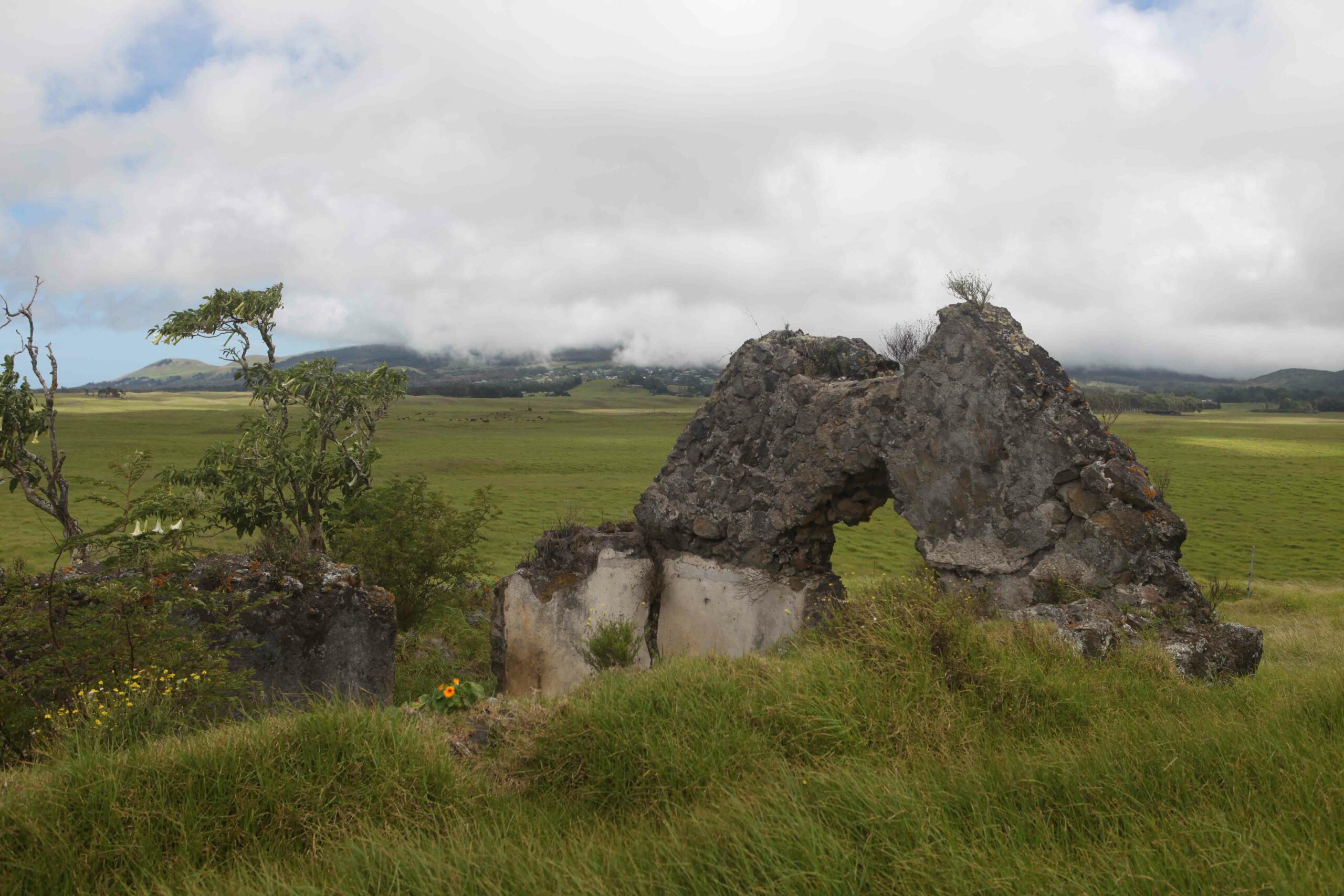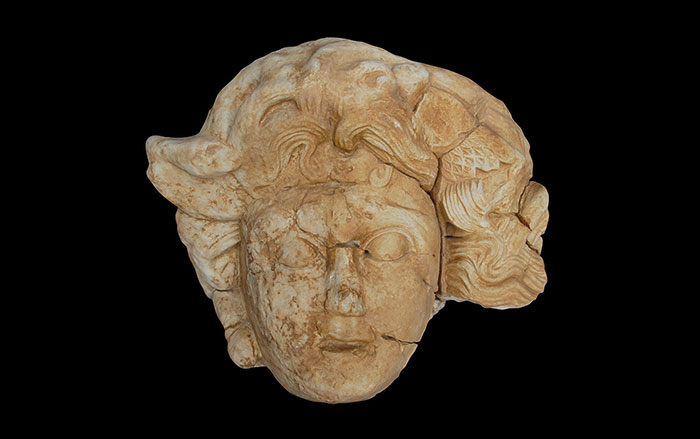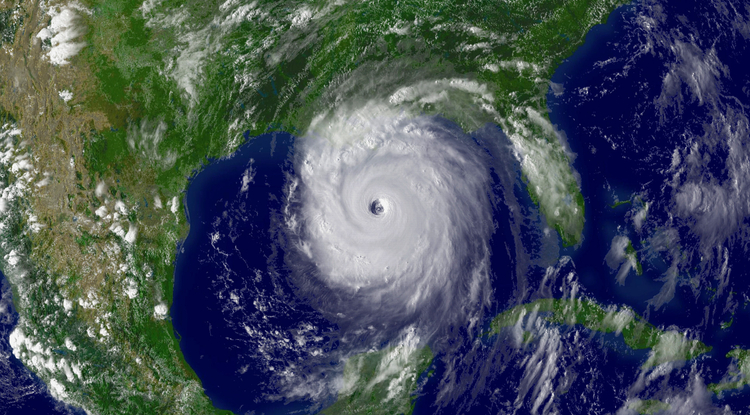
TUSCON, ARIZONA—Detailed records of Spanish shipwrecks and tree-ring data have been combined to offer new information on historic hurricanes. The growth of trees is slowed in years with hurricanes, and so the storms leave a mark on annual growth rings. Wood from shipwrecks can be dated, revealing when they had been built. Researchers checked this information against a list of ships lost in Caribbean storms between 1495 and 1825. They found a 75 percent reduction in the number of Caribbean hurricanes between 1645 and 1715, a time of cooler temperatures in the northern hemisphere and little sunspot activity that is known as the Maunder Minimum. “By combining shipwreck data and tree-ring data, we are extending the Caribbean hurricane record back in time and that improves our understanding of hurricane variability,” Valerie Trouet of the University of Arizona said in a press release. This information could help scientists predict future hurricanes in the changing climate. To read in-depth about nautical archaeology, go to "Letter From Bermuda: Secrets of a Civil War Shipwreck."


